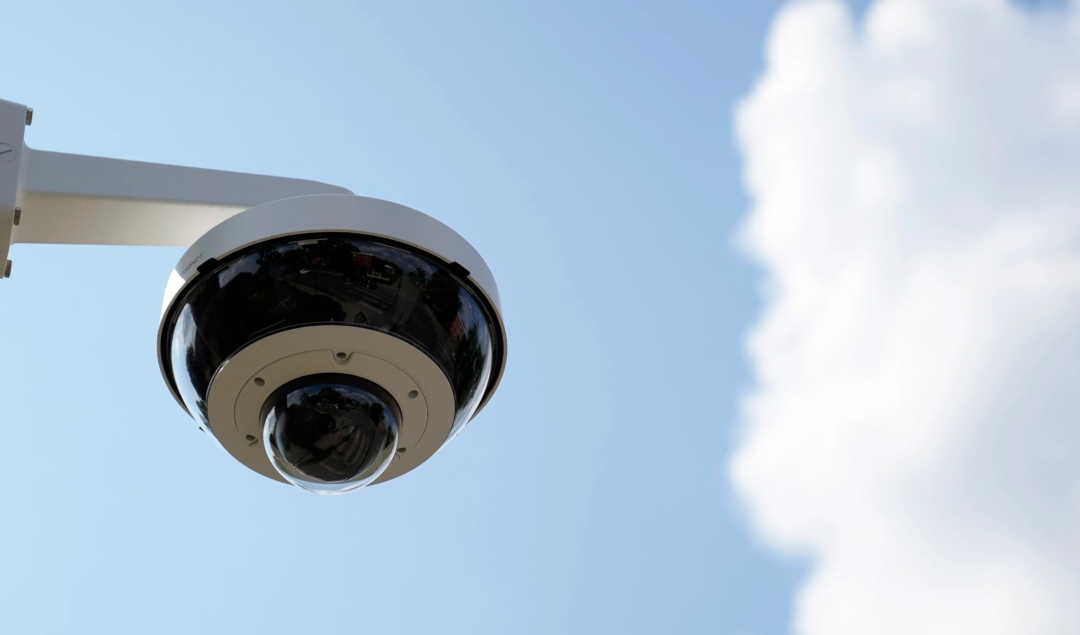Leaked Data Reveals That ShotSpotter Sensors Are Mostly Located In Black And Latine Neighborhoods

A recent leak of data from SoundThinking, the company behind ShotSpotter, has shed light on its disproportionate impact on Black and Latine communities.
This revelation comes from a detailed WIRED analysis of a leaked document, which reveals the locations of 25,580 ShotSpotter microphones globally, including in the United States.
ShotSpotter’s Impact On Black And Latine Communities
The data, which was obtained anonymously, marks the first exposure of SoundThinking’s extensive surveillance network.
It shows that microphones have been placed in over a thousand elementary and high schools, hospitals, public housing complexes, and significant government buildings, including the FBI and Department of Justice headquarters.
WIRED’s analysis shows that over 12 million Americans, predominantly from Black and Latine neighborhoods, live within the vicinity of a ShotSpotter sensor.
Nearly 70% of people in neighborhoods with at least one SoundThinking sensor are Black or Latine, and nearly three-quarters of these neighborhoods have a majority of people of color.
This disproportionate distribution is evident in cities like Winston-Salem and Fort Myers, where the percentage of Black residents in sensor-equipped areas starkly contrasts the cities’ overall demographics.
What Next?
The Electronic Privacy Information Center (EPIC) has petitioned the US Department of Justice to investigate potential Civil Rights Act violations by cities using ShotSpotter.
The argument is that SoundThinking’s sensors direct law enforcement to over-police areas with fewer white residents.
Notably, 2,680 sensors were marked as unreliable or out of service. In Chicago, this malfunctioning led to missed alerts during a significant shooting incident.
However, critics point to the technology’s broader social implications.
EPIC and other civil rights advocates contend that ShotSpotter perpetuates a cycle of over-policing in minority communities, potentially escalating tensions and leading to unwarranted arrests.
For example, a ShotSpotter-triggered arrest in Cincinnati, resulting from a false alarm, led to the detention of an individual on unrelated warrants.
This incident exemplifies the invasive and potentially unjust consequences of such surveillance systems.



